Premium Submerged Arc Welding Wire | Efficient Quality Solution
HEBEI YUJINHONG TECHNOLOGY CO.,LTD.
Global Leader in Premium Welding Solutions
Introduction to Submerged Arc Welding Technology
Submerged arc welding (SAW) stands as one of the most efficient and high-quality welding processes used in heavy industrial applications. At the heart of this technology is the submerged arc welding wire, a specialized filler material that contributes significantly to the process's remarkable deposition rates and deep penetration capabilities. Unlike other arc welding wire types, SAW wire operates under a blanket of granular flux, creating a protective environment that prevents atmospheric contamination and reduces spatter, resulting in exceptionally clean, high-strength welds.
As manufacturing sectors worldwide continue to demand higher productivity and superior weld quality, the importance of selecting the appropriate submerged arc welding wire has never been more critical. The global arc welding market is projected to reach $5.4 billion by 2027 (Grand View Research), with submerged arc welding solutions accounting for approximately 28% of industrial welding applications in heavy fabrication.
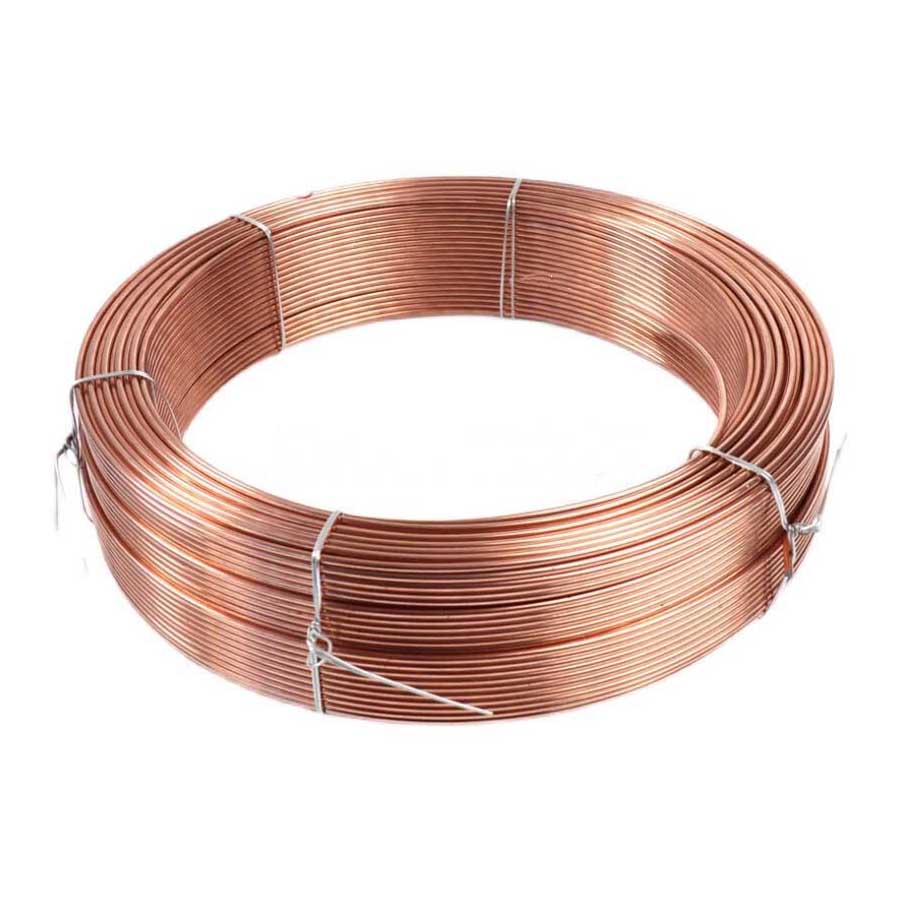
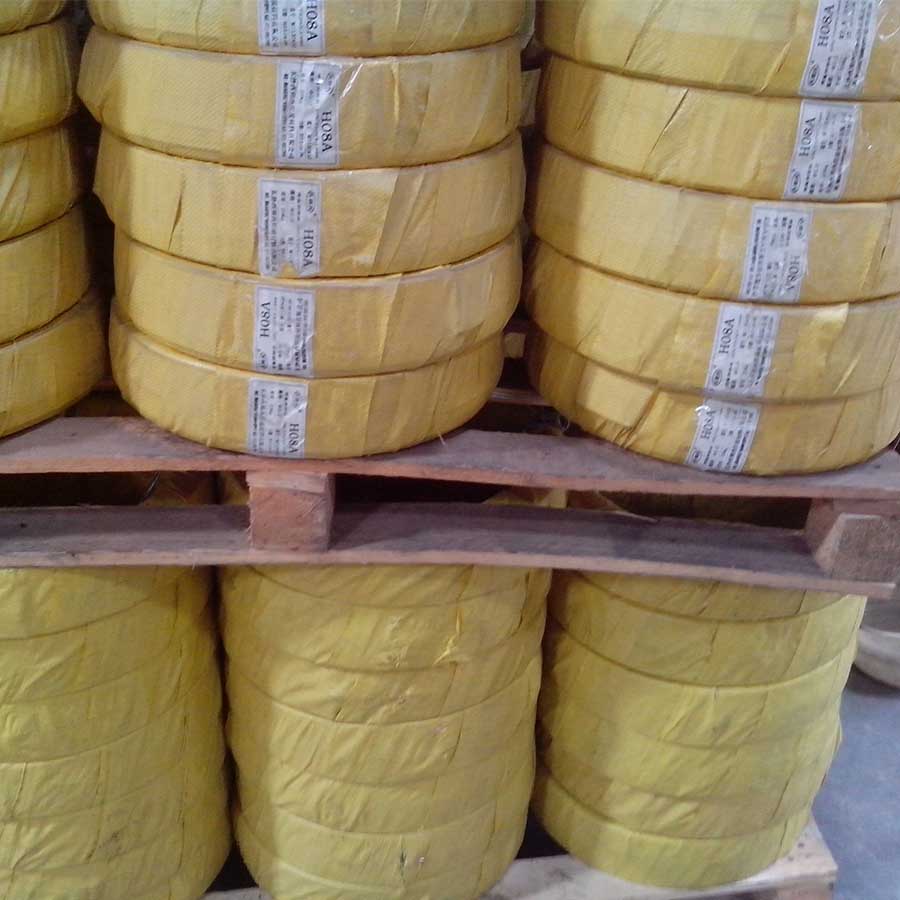
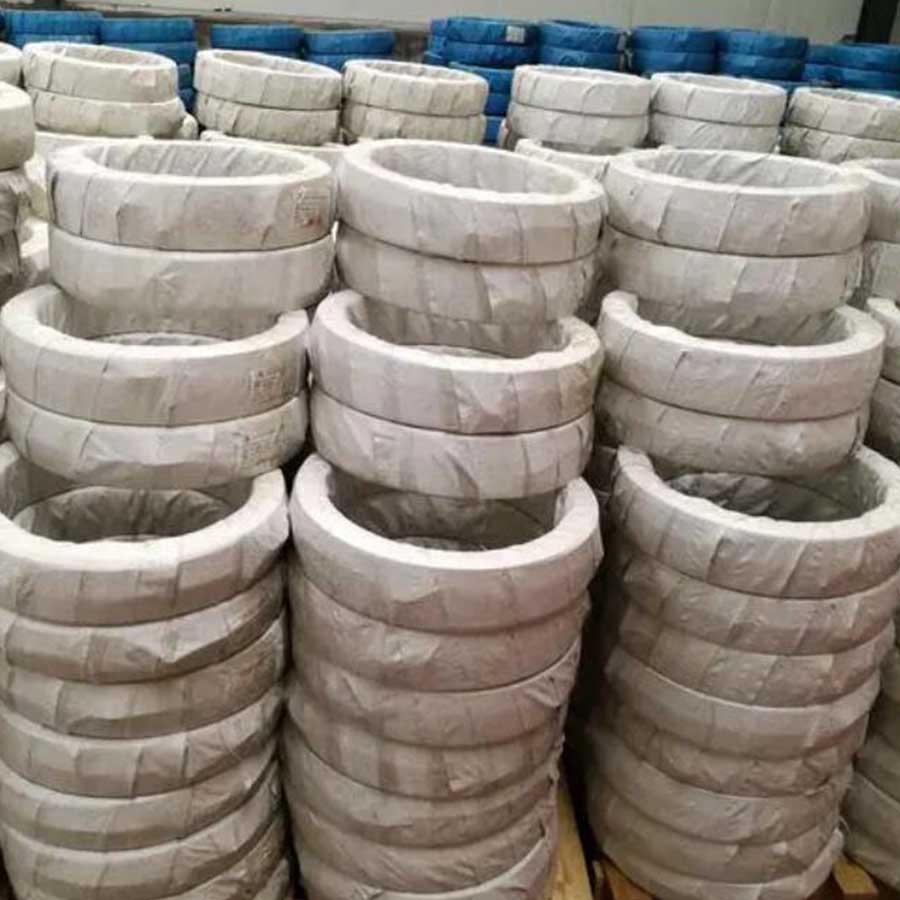
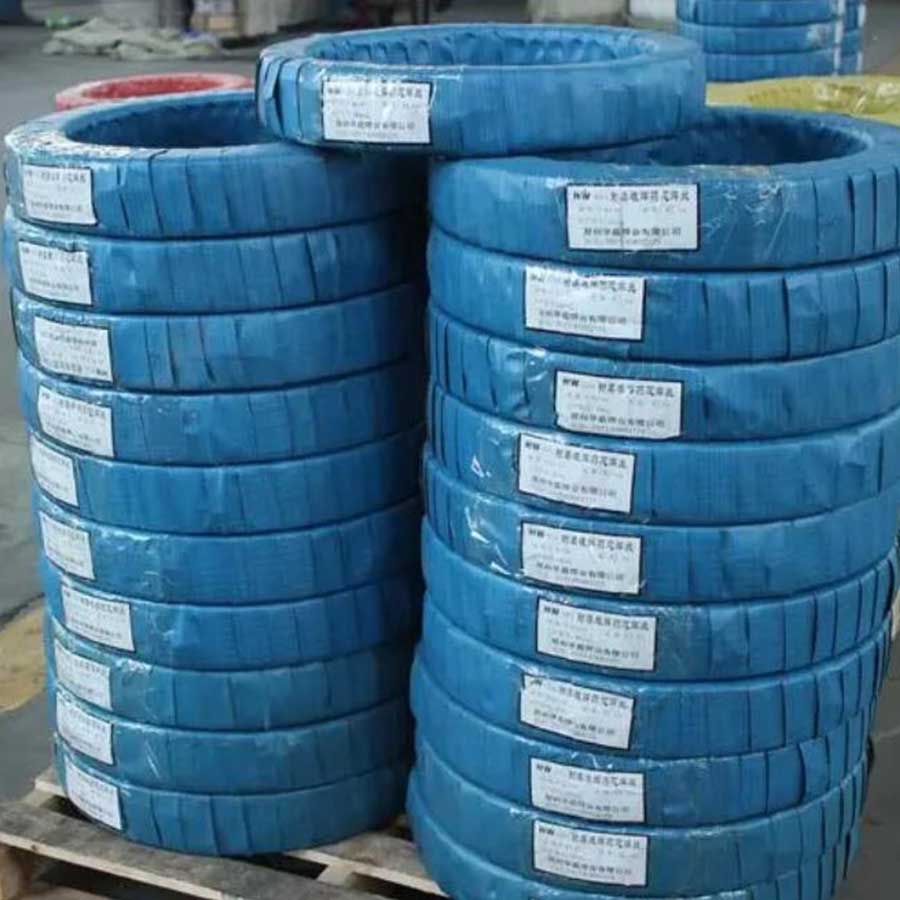
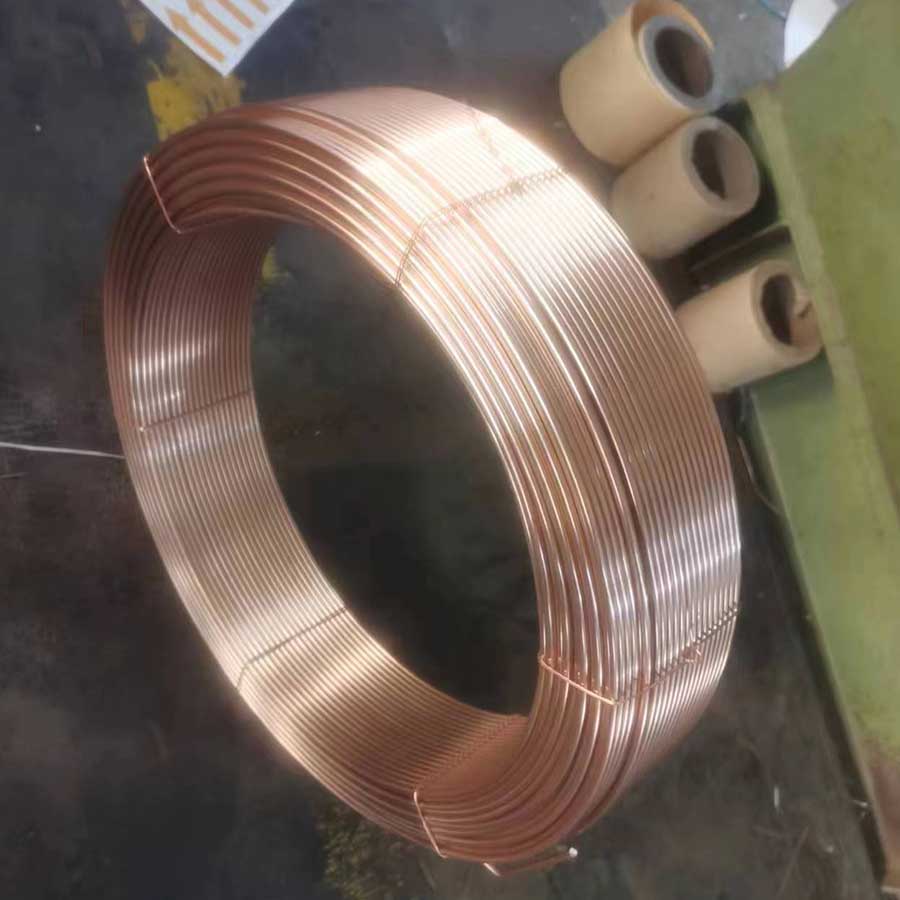
Industry Trends in Submerged Arc Welding Technology
The welding industry has witnessed substantial growth in submerged arc technology adoption, primarily driven by increased infrastructure projects and shipbuilding activities worldwide. Growing demand for pressure vessels, wind towers, and pipeline construction continues to accelerate adoption of advanced submerged arc welding wire solutions. Market analysis reveals a clear trend toward higher deposition efficiency and automation-compatible welding systems that reduce operator dependency while improving weld consistency.
Several key developments are currently shaping the future of arc welding wire technology:
- Advanced Material Science: Development of new alloy compositions that offer enhanced mechanical properties and corrosion resistance, especially in offshore applications.
- Automation Integration: Increased compatibility with robotic systems through improved spooling techniques and wire composition consistency.
- Environmental Initiatives: Low-fume emission formulations and manufacturing processes with reduced carbon footprints.
- Cost Optimization: Improved methods to reduce arc welding wire price while maintaining superior quality.
Carbon Steel Submerged Arc Welding Wire by HEBEI YUJINHONG
Our premium Carbon Steel Submerged Arc Welding Wire is specifically engineered for welding carbon steel and lower strength alloy steels. Engineered to stringent quality control standards, our welding wires deliver exceptional arc stability, consistent feedability, and reduced spatter generation. The result is superior weld bead appearance and enhanced productivity in industrial applications including structural fabrication, heavy equipment manufacturing, and pressure vessel construction. With competitive arc welding wire price points and consistent quality, our solutions deliver outstanding value across multiple industry sectors.
Tensile Strength Comparison
Deposition Efficiency Analysis
Technical Specifications of Submerged Arc Welding Wires
| Parameter | Carbon Steel Grade | Low Alloy Grade | Stainless Grade | Application Specification |
|---|---|---|---|---|
| Wire Diameter (mm) | 1.6 - 6.4 | 1.6 - 6.4 | 1.6 - 5.0 | Thicker wires for heavy plate welding |
| Tensile Strength (MPa) | 480-620 | 550-830 | 520-750 | Higher values for structural applications |
| Yield Strength (MPa) | 400-550 | 460-690 | 220-520 | Match to base metal requirements |
| Elongation (%) | 22-29 | 20-25 | 30-40 | Higher values required for seismic zones |
| Impact Toughness (J at -40°C) | 28-45 | 27-50+ | 40-60 | Cryogenic applications require higher values |
| Deposition Rate (kg/hr) | 6.5-12.5 | 5.8-11.0 | 5.0-9.5 | High deposition reduces fabrication time |
| Flux Compatibility | Agglomerated/Bonded | Basic/Fused | Neutral/Lime-based | Flux selection critical for mechanical properties |
| Current Type | AC/DC+ | DC+/AC | DC- | DCEP most common for penetration |
Chemical Composition Analysis
Global Market Share Distribution
Optimal Applications for Submerged Arc Welding Wire
The exceptional properties of submerged arc welding wire make it ideally suited for numerous industrial applications where high deposition rates, deep penetration, and consistent weld quality are essential. Some of the most common applications include:
Structural Fabrication: The construction industry extensively uses submerged arc welding for joining heavy structural members in buildings, bridges, and towers. The automatic operation allows for continuous welding of long seams with minimal operator intervention, while the high deposition rates significantly reduce project timelines. For structural applications, the selection of appropriate arc welding wire must consider not only strength requirements but also seismic performance characteristics.
Pipeline Construction: Longitudinal and circumferential welding of large-diameter pipes for oil, gas, and water transmission represents one of the most significant applications for submerged arc technology. The process ensures high-quality root passes and fill passes in pipe mills and field joints. Specialized submerged arc welding wire formulations meet the stringent requirements for sour service applications in corrosive environments where resistance to hydrogen-induced cracking is critical.
Shipbuilding: Modern shipyards utilize submerged arc welding for both panel line fabrication and block assembly. The process provides reliable welding of thick sections in hull plating, bulkheads, and deck structures while maintaining the productivity required in competitive shipbuilding markets. Marine-grade welding consumables must withstand dynamic loading conditions and corrosive saltwater environments throughout the vessel's service life.
Heavy Equipment Manufacturing: Construction machinery, mining equipment, and agricultural implements rely on submerged arc welding for fabricating large components like booms, buckets, and structural frames. The combination of high deposition rates and deep penetration makes submerged arc welding wire particularly cost-effective for joining thick materials. Manufacturers increasingly value competitive arc welding wire price as global competition intensifies.
Expert FAQ: Submerged Arc Welding Wire Technical Considerations
The wire diameter selection depends on four primary considerations: base material thickness (thicker materials require larger diameters), joint configuration (narrow grooves require smaller wires), required deposition rate (larger diameters offer higher rates), and welding position (flat position allows larger sizes). Typically, diameters range from 1.6mm for fine work to 6.4mm for heavy plate applications.
The wire chemistry directly controls mechanical properties including strength, ductility, and toughness. Manganese and silicon content influence deoxidation and strength; nickel improves low-temperature toughness; chromium and molybdenum enhance elevated temperature strength. Matching wire composition to flux characteristics is crucial to achieving optimal properties.
DC (direct current) provides more stable arcs, greater control over penetration, and higher deposition rates. DC electrode positive offers deepest penetration while DC electrode negative gives highest deposition. AC (alternating current) prevents arc blow issues in magnetic materials and permits higher travel speeds. Modern AC systems approach DC deposition efficiency while minimizing distortion in large structures.
For carbon steels, neutral to basic agglomerated fluxes provide optimal results. Neutral fluxes (F6X classifications) preserve the wire's chemistry while basic fluxes (F7X-F1X classifications) provide superior impact toughness at low temperatures. Fused fluxes offer economical solutions but with reduced mechanical properties. Flux selection should consider hydrogen control requirements (
The American Welding Society AWS A5.17 specification translates to European ISO 14171 standards as follows: EL8 (AWS) ≈ SA2 (ISO); EM12K (AWS) ≈ S2/S3 (ISO); EH14 (AWS) ≈ SA3 (ISO). However, specific mechanical properties vary slightly, requiring careful specification review. When switching standards, confirm notch toughness values at required temperatures.
Implement multiple approaches: select ultra-low hydrogen flux-wire combinations (submerged arc welding wire formulations achieve diffusible hydrogen levels below 3ml/100g.
Reduce heat input to preserve mechanical properties: optimize amperage (80-90% of carbon steel values); increase travel speed where possible; use smaller diameter wires; reduce voltage 1-3 volts; implement controlled interpass temperatures (typically 150-230°C); select matching strength classification wires (AWS A5.23 categories); and perform PWHT based on base metal thickness and composition.
Industry References & Technical Publications
To ensure technical accuracy and demonstrate industry expertise, this content incorporates findings from leading industry publications and research institutions:
- American Welding Society (AWS) - "Submerged Arc Welding Parameters Guide for Carbon Steels", AWS D16.1M/D16.1:2020 https://www.aws.org/standards/
- International Institute of Welding (IIW) - "Innovations in Automated Submerged Arc Processes", Document XV-1771-2020 https://www.iiwelding.org/
- Materials Performance Journal - "Advanced SAW Consumables for Offshore Applications", Vol. 61, No. 4, 2022 https://www.nace.org/materials-performance
- Journal of Materials Processing Technology - "Comparative Analysis of SAW Wires Mechanical Performance" DOI: 10.1016/j.jmatprotec.2022.117568
- Society of Manufacturing Engineers - "Cost Reduction Strategies in Heavy Fabrication Through SAW Optimization" White Paper, 2021 https://www.sme.org/
- International Journal of Pressure Vessels and Piping - "Quality Control in Submerged Arc Welding for Critical Applications" Vol. 197, 2022 https://www.sciencedirect.com/journal/international-journal-of-pressure-vessels-and-piping
Expert Welding Solutions from HEBEI YUJINHONG TECHNOLOGY
With over 15 years of specialized manufacturing experience, HEBEI YUJINHONG TECHNOLOGY CO.,LTD. delivers premium welding consumables that meet the most demanding industrial specifications. Our state-of-the-art production facilities implement rigorous quality control procedures ensuring consistent performance across all our welding products.
-
High-Quality Welding Electrodes 4.0mm*400mm for Industrial Use | Steel Tools ChinaNewsNov.24,2025
-
Explore the Benefits and Uses of 2.6mm Welding Electrode 6013 | Global GuideNewsNov.23,2025
-
Understanding CO2 Welding Wire Price: Global Impact, Trends, and TipsNewsNov.22,2025
-
Top Guide to Welding Wires CO2 – Specifications, Benefits & Industry UsesNewsNov.22,2025
-
Comprehensive Guide to Welding Electrode 6011 – Global Applications & BenefitsNewsNov.21,2025
-
AWS E6013 Welding Rod-HEBEI YUJINHONG TECHNOLOGY CO.,LTD.|All-Position Carbon Steel ElectrodeNewsNov.21,2025


